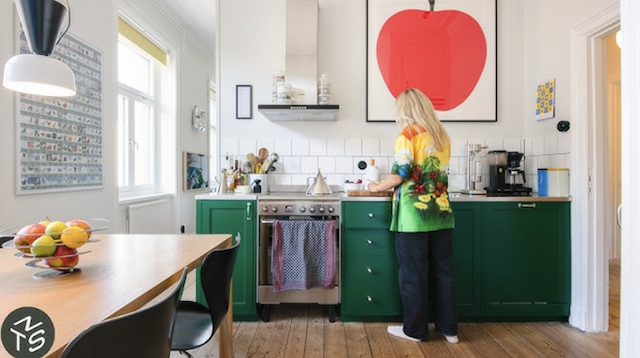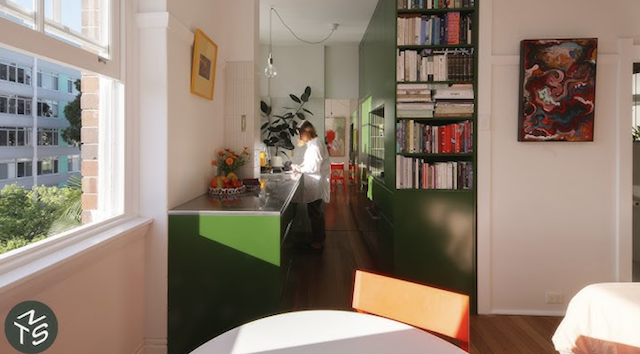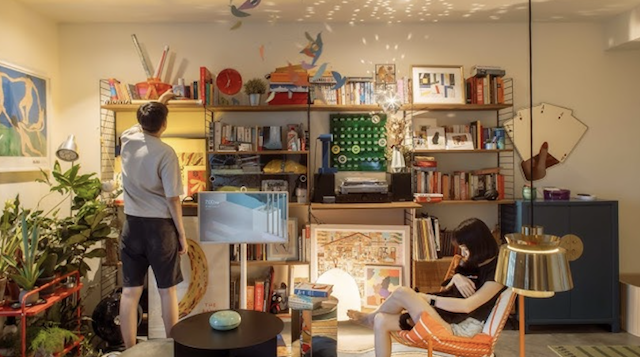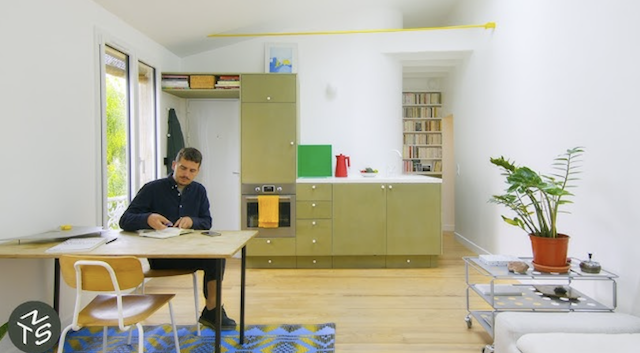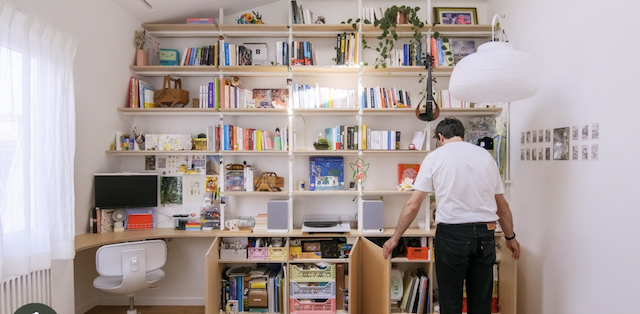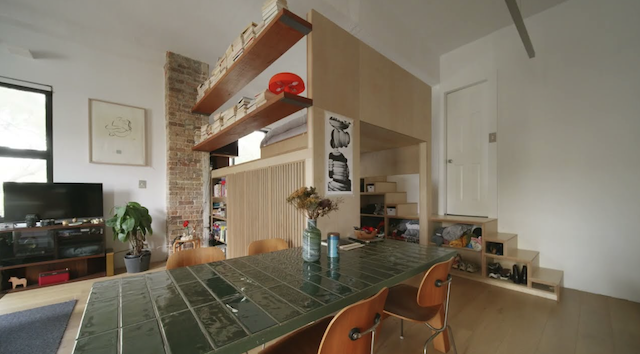
Urban Masterclass: Architect Dad Unlocks 538 Sq. Ft. Sydney Apartment’s Full Potential for His Chef Son
Think living large in a small city apartment is impossible? Think again. We’re breaking down how one architect dad turned his son’s cramped Sydney flat into a masterclass of compact luxury and high-performance design.
Urban living often means tight spaces, but architect Ed Litman, founder of Litman Partnership, just flipped the script on what’s possible in a 50-square-meter (that’s just 538 sq. ft.!) Sydney apartment. Tasked by his chef son, Mitch, Litman faced a demanding brief: a professional-grade kitchen, an innovative mezzanine bed, and a finished product worthy of “Never Too Small”. They didn’t just deliver; they redefined efficiency.
From “Pokey and Dark” to a Breath of Fresh Air
Originally a Reader’s Digest warehouse, the 50-year-old building boasted a crucial asset: an impressive 3.6-meter (nearly 12-foot) ceiling height. Yet, the apartment was initially “pokey and dark,” plagued by outdated fixtures, a cramped bedroom, and a suffocating galley kitchen with an ill-placed island. Litman’s guiding philosophy: “do more with less”. This wasn’t about minimalist aesthetics but about finding the “most simple practical and high performance solution” where “there’s no room for extravagance” but every need for the space to be “livable and delightful”. The renovation stripped the space to its core, revealing original structure and utilizing a simple timber and white palette to create warmth and maximize perceived space.
The Game-Changer: An Elevated Loft That Transforms Everything
The game-changing move? Elevating the loft bed. This single decision unlocked massive usable floor area, proving vertical space is the ultimate weapon in compact design.
Functional Headroom: Crucially, the design ensures sufficient headroom to walk comfortably under the mattress, transforming otherwise dead space into highly functional zones. The mattress itself is slightly raised above its plywood platform, ensuring vital headroom below while also making bed access easier.
Integrated Living & Work: This elevated “undercroft” cleverly houses a clothing wardrobe and a desk strategically placed by a window, forming a private study nook described as “cozy,” reminiscent of a “caravan or a boat”. Additional storage for shoes, jumpers, and knitwear is seamlessly integrated.
Precision & Sustainability: The entire bed structure—floor, bed base, and under-cupboards—is crafted from plywood, prefabricated off-site in a joiner’s workshop for precision, then assembled on location. Plywood also offers a sustainable material choice that “smells nice”.
Open Yet Defined: The lofted bedroom overlooks the living room, fostering a “grand and luxurious” feel and allowing engagement with downstairs activities. Yet, a thoughtful barrier of large timber shelves provides a screen, doubles as a desk for reading or writing from the loft floor, and integrates the existing window to filter light to the desk below.
A Chef’s Kitchen & More Ingenious Touches
Mitch’s profession as a chef made the kitchen a non-negotiable priority. Litman delivered a space not just functional, but built for serious culinary work.
Integrated Efficiency: The kitchen is seamlessly integrated into a floor-to-ceiling storage wall, maximizing every vertical inch. Its custom design meticulously compensates for the old building’s uneven floors and ceilings, showcasing precision joinery that emphasizes clean horizontal lines.
Pro-Grade & Practical: Mitch’s professional needs dictated a stainless steel bench, a durable and practical choice. The design incorporates deep, wide drawers, far more practical for access than narrow ones. Even the gas cooktop was a savvy salvage from a friend’s renovation.
Spatial Illusion: A mirrored splashback isn’t just stylish; it’s a strategic small-space hack. It bounces light, making the room feel larger, and cleverly allows Mitch to maintain visual contact with guests even while cooking with his back turned.
Every Inch Counts
The intelligent layout begins at the entry: stepping through the integrated storage wall, the bathroom is on the right, the loft bed and stairs immediately to the right, and the living room just beyond.
Minimalist Core: The living area embraces a stripped-back aesthetic, exposing original beams and walls, using a simple palette to maximize spatial perception.
Smart Furnishing: Mitch himself furnished the living area with secondhand, eclectic pieces sourced from online marketplaces.
Calculated Illumination: An aluminum uplight isn’t just for ambiance; it’s a calculated move to cast light upward, creating an enhanced sense of space and guiding the eye through the room, integrating with the joinery as a “service zone”.
Controlled Openness: Shelving between the living room and study creates “permeability and transparency”. Even the wardrobe avoids complete enclosure, using a timber screen to imply a separate zone while maintaining an open feel. Storage cubicles under the stairs offer space for shoes, jumpers, and knitwear, ensuring no space is wasted. The apartment is designed for one person, or possibly a partner, meaning privacy requirements are minimal, allowing for a “luxurious” feel due to the “one big volume”. The approach emphasizes practicality, livability, and enjoyment, acknowledging that good design “has to work a bit harder” in small spaces.
Sustainable Choice: Notably, instead of demolishing and rebuilding, the conversion of this existing warehouse is a more sustainable approach.
This Sydney apartment isn’t just a home; it’s a blueprint for maximizing urban living. It proves that ingenious design and a “do more with less” philosophy can transform even the tightest quarters into highly functional, luxurious, and truly extraordinary spaces.
